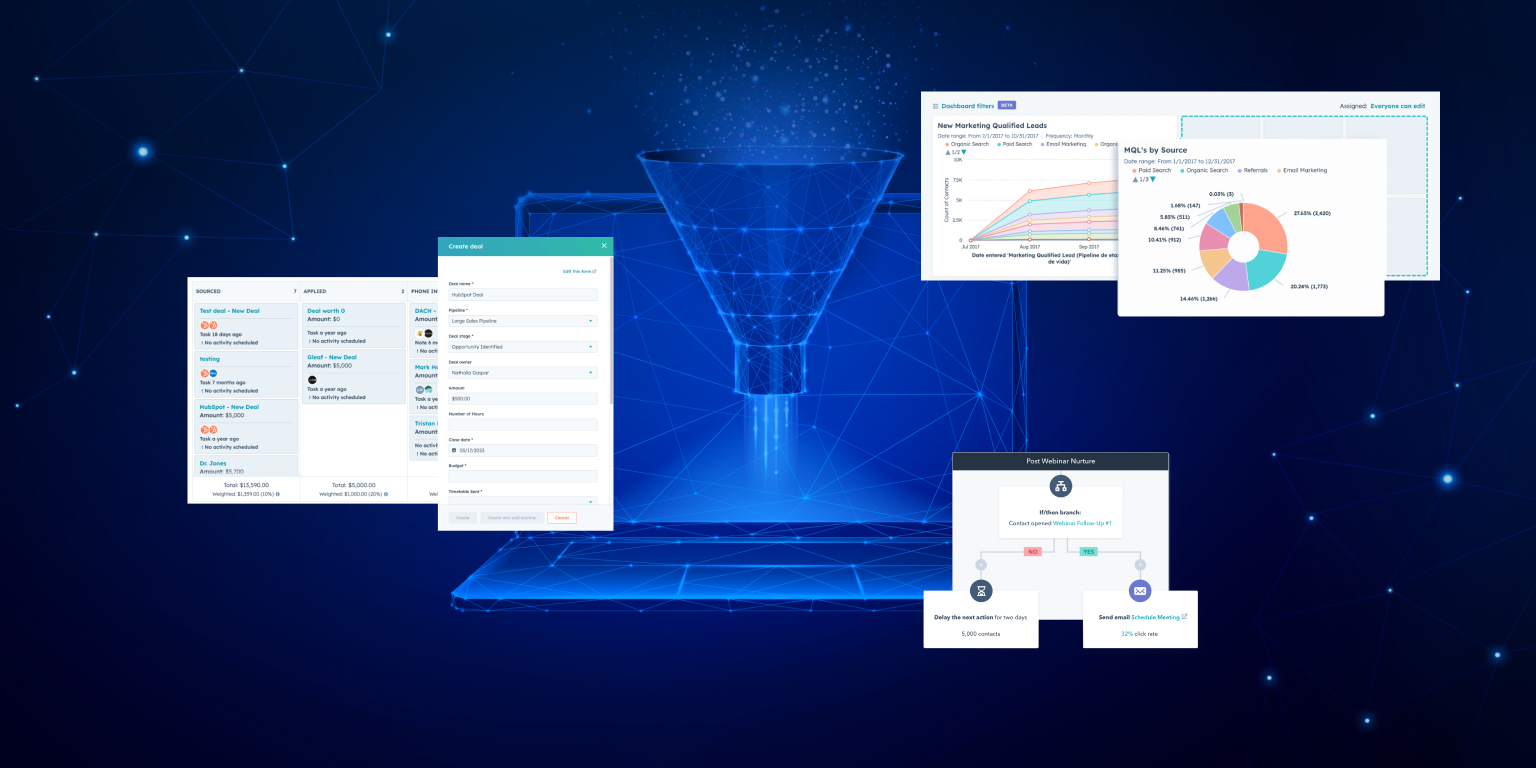
We are bombarded by content daily, and done well; it can be handy to your audience, clients, and potential clients. Businesses create and market content to reach their target audience, increase sales and brand awareness, and build loyalty and engagement with the brand. So, what is content marketing, and why is it so important? Content marketing is how we plan, create, distribute, share, and publish our content. With so many different types of content, you’ll be publishing it on various channels such as websites, blogs, social media, press releases, apps, podcasts, and print publications, amongst others.
Why is Content Marketing Important?
Content marketing is the best way to guide your customers through the sales journey and offer them a great customer experience. The initial content marketing steps begin with educating your leads and prospective clients about your company – what services and products you offer and who you are. This education lays the groundwork for conversions. Whether your clients or leads have converted or not, your content marketing will help build a relationship with them, increasing their loyalty and the likelihood of purchasing more products or services. This continued and measured contact between you and your clients shows them how your products and services can solve their problems and ultimately create a sense of community around your brand.
How to Create a Content Marketing Strategy for HubSpot
SMART goals are specific, measurable, achievable, realistic, and timely. Setting them up is the first step to creating a successful content marketing strategy. Your goals may range from increasing brand awareness or increasing your revenue to increasing customer engagement and more. Your next step is to define your KPIs. For example, if your goal is to increase brand awareness, you would likely focus on finding ways to improve your site traffic, gain followers on social media, and increase your mentions online. Boosting site traffic would also help you grow your revenue. With these KPIs in mind, you will choose the content distribution channels.
Of course, before you just send out content, you’ll choose the types of content you want to share and set a budget for distribution. You may need to buy software, employ designers, and purchase ad space. With your content created and distributed, you’ll be able to measure and analyse your results to improve your campaigns as you go.
Types of Content Marketing on HubSpot
With a variety of types of content marketing to choose from, you’ll want to assess them all and choose types which reflect your goals and will help you meet your KPIs.
Blog posts – Relevant written content to improve your SEO
Videos – The most popular form of content
Infographics – Breaks down complex topics in an eye-catching format
eBooks – Valuable long-form content
Case studies – Show in-depth, real-life examples
Whitepapers – Long-form content packed with data and research
How to guides and academies – Training and courses to explain your products and services
Checklists – Shows a step-by-step problem-solving method
Memes – Well-timed, relevant memes are very effective
User-generated content – Gets customers and leads involved
Reviews and testimonials – Your audience shares your business’ selling points
Influencers and paid advertising content – Connect with other audiences
What is Content Distribution?
Content distribution is your strategy for getting your content out there. When you distribute your content, you find ways to share, publish, and promote it to a targeted audience. With a carefully thought-out content distribution strategy, your intended audience will find and consume your content through various channels in various formats
Channels for Content Distribution
Your content distribution channels are how you promote and share your content. You will base your channels on your audience and resources.
The primary channels are:
Owned – these channels allow you to control when and where your content is published. Your website, blogs, social media profiles, and mobile publishing apps are owned channels.
Earned – third-party channels such as journalists, customers, and bloggers who share your content for free are earned channels. Unpaid product reviews, shares, mentions, and guest articles fall into this category.
Paid – there are a variety of paid channels to choose from. This content will be distributed to your preferred platforms through pay-per-click or PPC ads, paid influencer content, and paid social ads.
How You Can Build a Content Distribution Strategy?
A content distribution strategy aims to ensure it makes its way to the right audience. The right audience is determined by your team’s content strategy, goals, and KPIs. You will build this strategy by understanding your audience, knowing which content is successful and unsuccessful, and choosing where you will distribute your content based on the needs of your audience. Next, you’ll decide which types of content to share based on your goals and KPIs. With the groundwork laid, you’ll create a content calendar, your content, and distribute and market your content. The final step in your content distribution strategy is measuring and analysing your results. With your results in hand, you’ll start over and improve on the next round!
Knowing what content marketing is, why it’s essential, and what types of content exist is only the start. To further your HubSpot content marketing strategy, get in touch with fileroom today.
.png)
.png)



.png)
.png)


.png?width=169&height=177&name=Group%201855%20(1).png)
.png?width=956&height=343&name=Group%201865%20(3).png)
.png?width=155&height=95&name=Group%201854%20(1).png)


.png)






